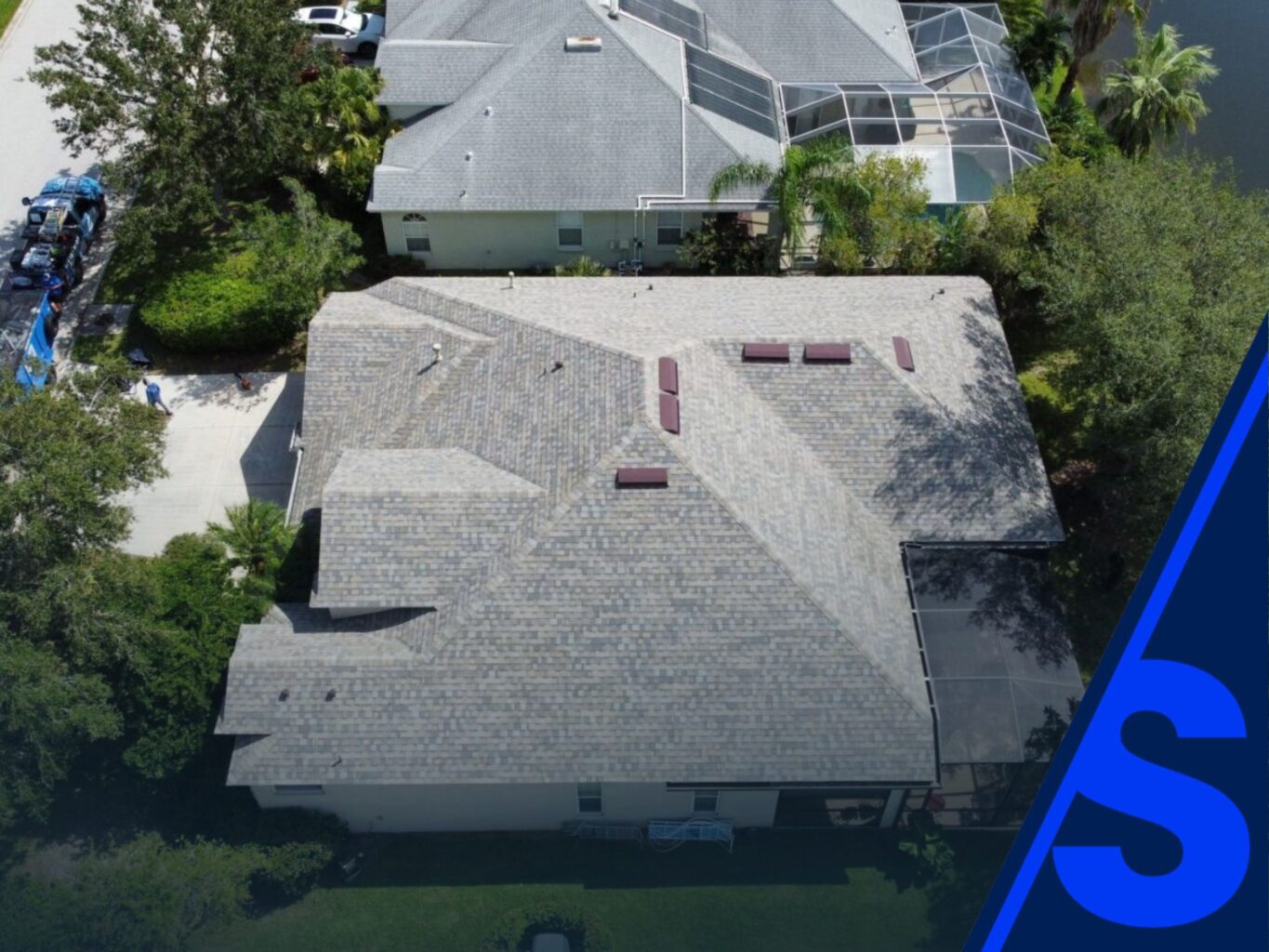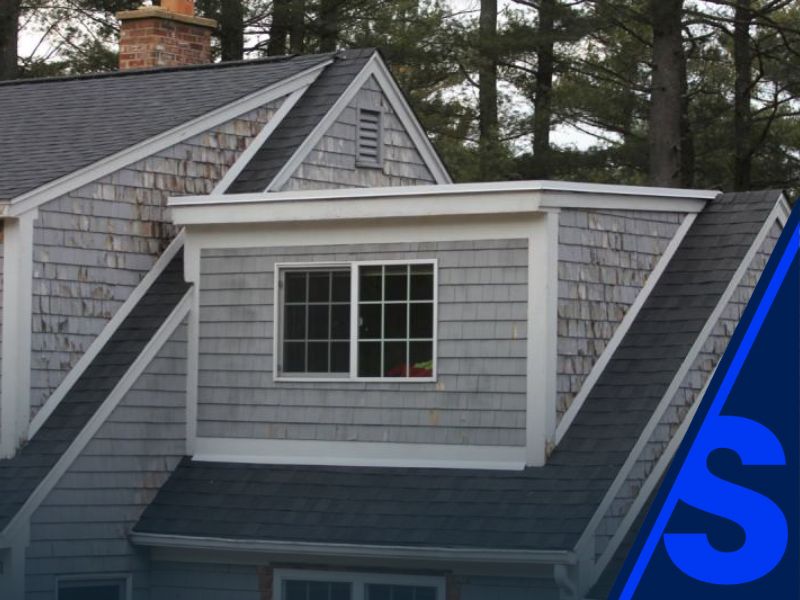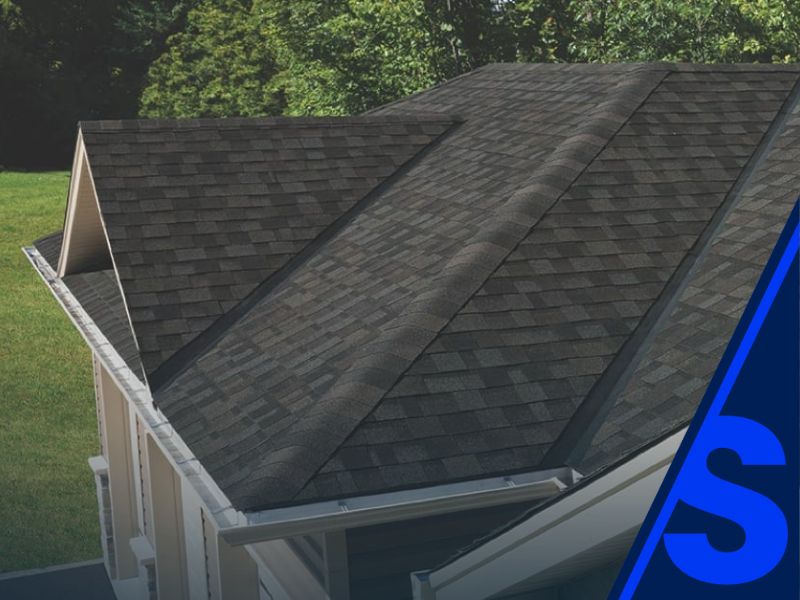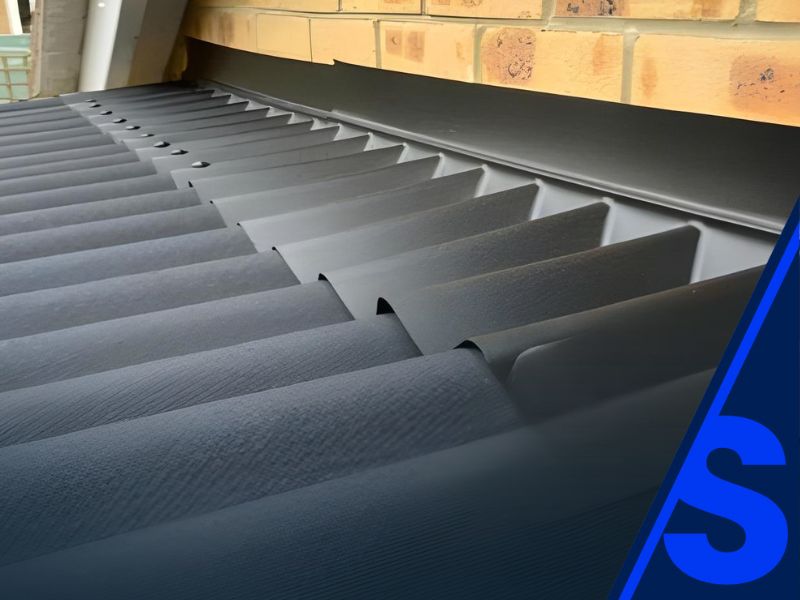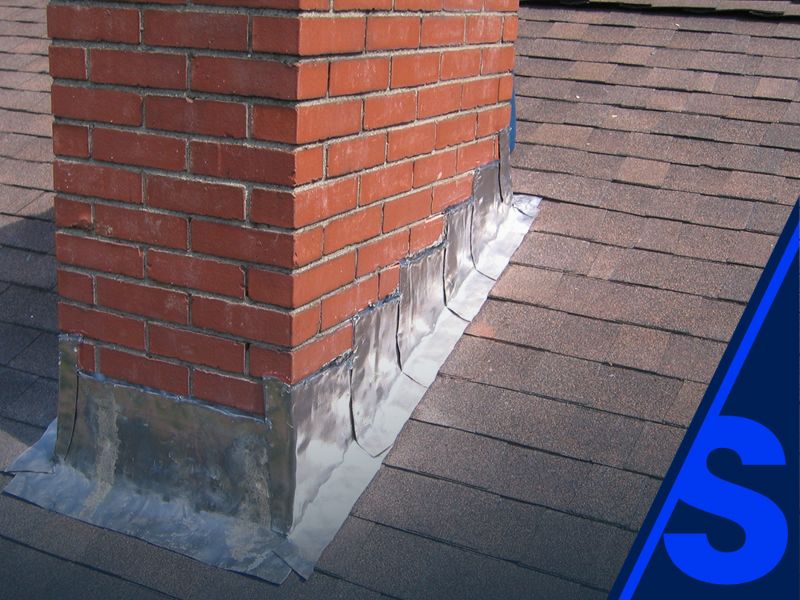Table of Contents
Introduction
Florida’s climate is known for its intense heat, high humidity, and frequent storms, all of which can take a toll on roofing systems. Home builders must consider energy efficiency and durability when selecting roofing materials for new developments. One of the most effective solutions for Florida’s demanding conditions is the use of cool roofs—a technology designed to reflect more sunlight and absorb less heat compared to traditional roofing materials.

For home builders, incorporating cool roofing systems into their projects offers a range of benefits, from reducing energy costs to enhancing long-term durability. Additionally, cool roofs help meet Florida’s strict energy efficiency standards, making them a valuable asset for developers looking to create sustainable, high-performance communities.
In this guide, we’ll explore how cool roofs benefit home builders, the best materials for Florida roofs, and why partnering with a professional roofing contractor in Florida like CitySide Roofing ensures optimal results.
What Are Cool Roofs?
Cool roofs are designed to reflect more sunlight and absorb less heat than traditional roofing materials. They achieve this effect through specialized coatings, reflective materials, and innovative construction techniques that minimize heat retention.
Cool roofs are particularly effective in Florida’s hot and humid climate, where high temperatures can significantly increase cooling costs. These roofs help keep buildings cooler, reduce the strain on air conditioning systems, and contribute to a more sustainable and cost-efficient housing development.
Builders have several options when it comes to cool roofing materials, including:
- Cool Roof Coatings: Special coatings applied to existing roofs to enhance reflectivity.
- Metal Roofing: Naturally reflective and highly durable, making it an ideal choice for Florida roofs.
- TPO and EPDM Roofing: Common for flat or low-slope roofs in multi-unit housing projects.
- Reflective Asphalt Shingles: Modified with light-colored granules to reduce heat absorption.
By integrating cool roofing solutions into their projects, home builders can offer buyers and developers significant long-term savings and environmental benefits.
Key Benefits of Cool Roofs for Florida Home Builders
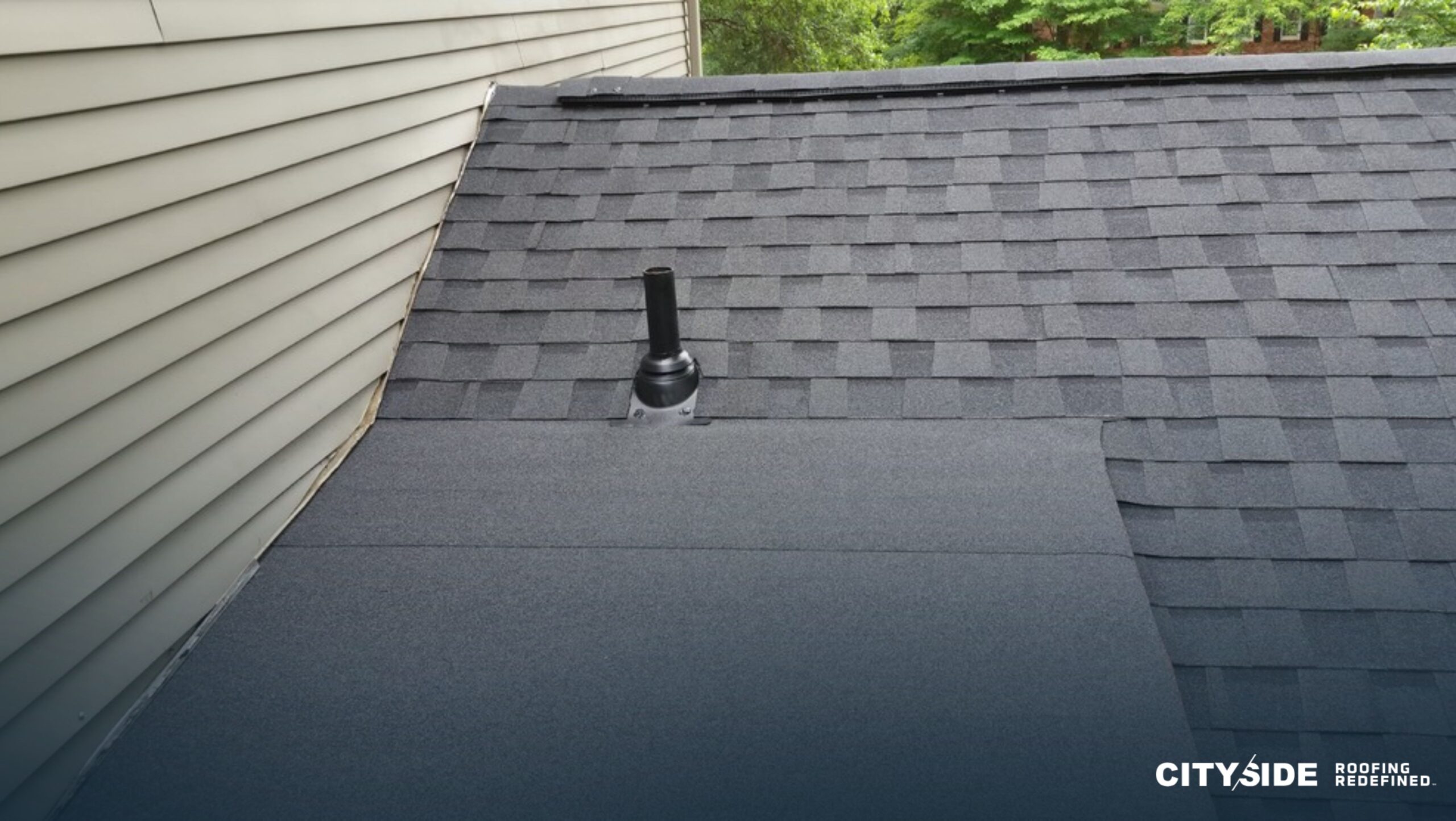
3.1 Lower Energy Costs in High-Temperature Climates
One of the biggest advantages of cool roofs is their ability to reduce indoor temperatures, leading to lower energy consumption. Traditional dark-colored roofs absorb a large amount of heat, which can cause indoor temperatures to rise significantly. In contrast, cool roofs reflect solar radiation, keeping buildings cooler and reducing the need for excessive air conditioning.
For home builders, this means creating energy-efficient developments that appeal to environmentally conscious buyers while helping homeowners save on electricity bills. In a state like Florida, where cooling costs can be a major expense, installing cool roofs can be a major selling point for new housing developments.
3.2 Extended Roof Lifespan
High temperatures and UV exposure can cause premature aging in traditional roofing materials. Over time, excessive heat leads to cracking, warping, and material degradation, resulting in costly repairs and replacements.
Cool roofs mitigate this issue by reducing thermal stress on roofing materials. By maintaining lower surface temperatures, these roofs last longer, require fewer repairs, and provide greater long-term value for homeowners and property developers. Builders can benefit from lower maintenance requirements and fewer warranty claims, improving customer satisfaction and project profitability.
3.3 Enhanced Comfort for Multi-Unit Developments
For builders working on multi-unit residential developments, townhomes, or apartment complexes, cool roofs offer an added layer of comfort and efficiency. Reducing heat absorption means that shared living spaces, hallways, and common areas remain cooler and more comfortable for residents.
In high-density residential areas, where large roof surfaces can contribute to the “heat island effect,” cool roofing can help maintain a more balanced and comfortable environment for the entire community.
3.4 Compliance with Florida Energy Efficiency Standards
Florida has strict energy efficiency requirements for new construction, and cool roofing solutions help home builders meet or exceed these standards. The Florida Building Code encourages the use of reflective roofing materials, and some counties may offer incentives for developers who integrate energy-efficient solutions into their projects.
By incorporating cool roofs into new builds, home builders can streamline the approval process, avoid compliance issues, and position their projects as forward-thinking and environmentally responsible.
3.5 Increased Property Value and Market Appeal
As energy efficiency becomes a top priority for homebuyers, properties with cool roofing systems stand out in the competitive Florida real estate market. Many buyers are actively looking for eco-friendly, cost-effective homes that will help them save money on utilities while minimizing environmental impact.
For home builders, offering cool roofs as a standard feature can:
✅ Increase buyer interest in new developments
✅ Differentiate properties from competitors
✅ Enhance overall property value
By working with a trusted roofing contractor in Florida, builders can implement cool roofing systems that align with market demand and provide long-term benefits to homeowners.
Best Cool Roofing Materials for Florida Roofs
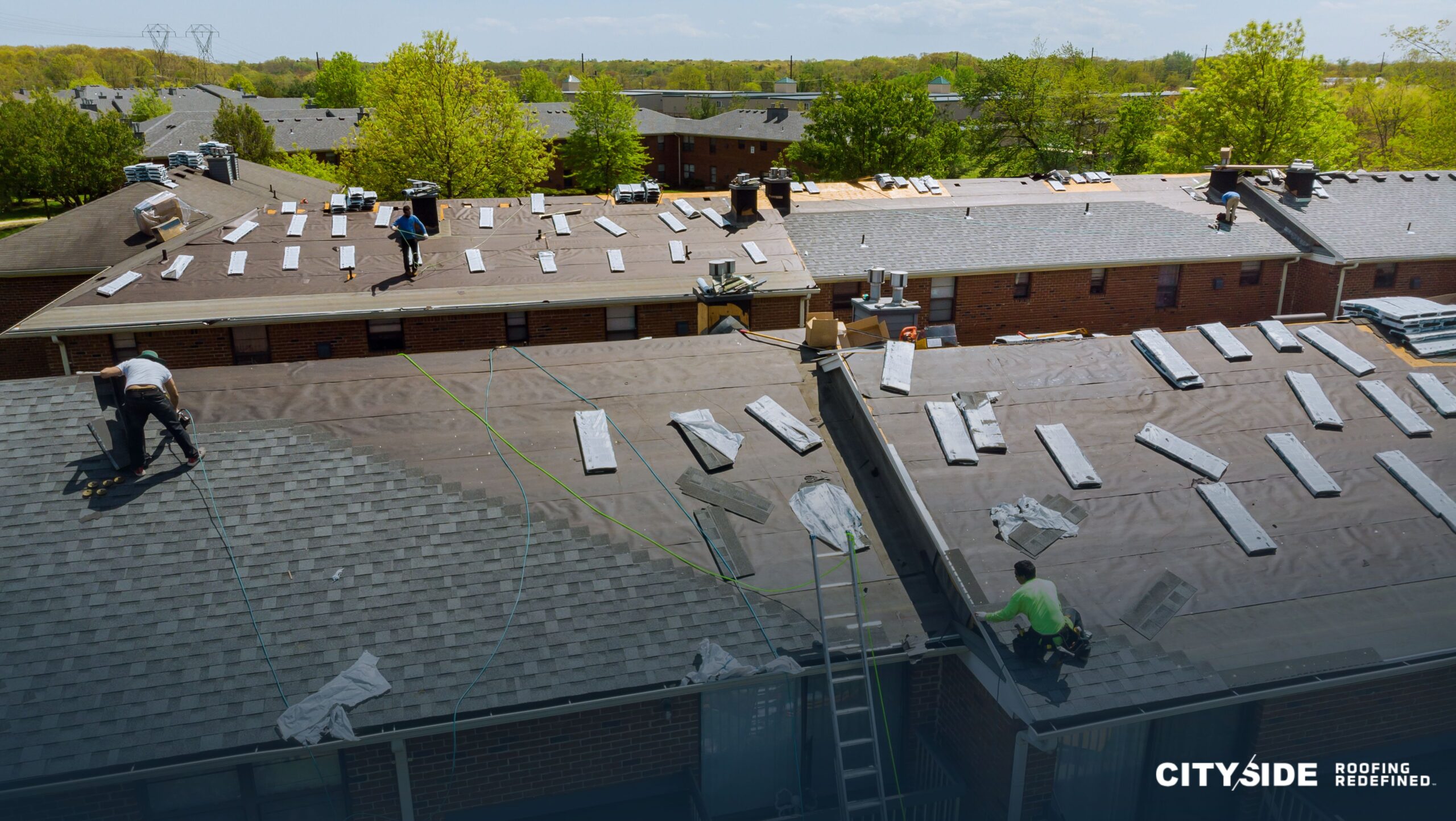
When selecting the right cool roofing materials for new builds, durability, efficiency, and affordability are key considerations. The most effective options include:
- Metal Roofing – Reflects heat naturally, offers superior longevity, and withstands Florida’s harsh weather conditions.
- TPO & EPDM Roofing – Common for flat-roof designs in multi-unit housing, these materials provide excellent thermal resistance.
- Reflective Asphalt Shingles – A great option for builders who want cost-effective cool roofing with a traditional aesthetic.
- Cool Roof Coatings – Applied over existing roofing materials to improve reflectivity and performance.
Each of these materials offers unique benefits, and a professional roofing contractor can help builders determine the best fit based on budget, project size, and architectural style.
Choosing the Right Roofing Contractor in Florida
For home builders, partnering with a reliable and experienced roofing company is essential to ensuring the successful installation of cool roofs. A trusted roofing contractor like CitySide Roofing provides:
✅ Expertise in energy-efficient roofing solutions
✅ High-quality materials that meet Florida’s climate demands
✅ Compliance with state and local building codes
✅ Efficient project management for timely completion
Contact CitySide Roofing today to discuss cool roofing solutions for your next project and ensure you deliver energy-efficient, high-quality homes to your buyers.
Conclusion
For Florida home builders, integrating cool roofs into new developments offers numerous benefits, from lower energy costs and extended roof lifespan to compliance with energy regulations and increased property value. Given Florida’s hot climate, cool roofing is no longer just an option—it’s becoming an industry standard.
By working with an experienced roofing contractor in Florida, builders can ensure top-quality roofing installations that enhance the performance and appeal of their projects.
Ready to integrate cool roofing into your next development? Contact CitySide Roofing today for expert guidance and top-tier roofing solutions!
Related Reading: Roofing for High-Density Residential Areas in Florida: Best Practices
